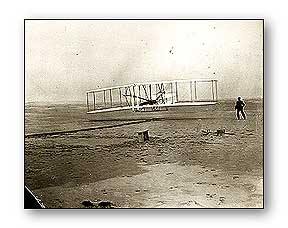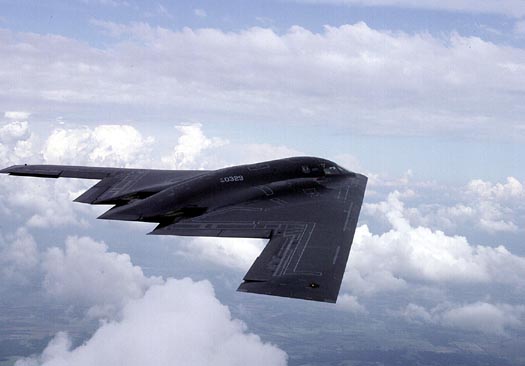
What materials are used in aircraft?
Material selection must be based on mechanical properties (stiffness,
strength, hardness, etc.), corrosion behavior, physical properties (density,
etc.), manufacturability, availability and other properties.
Wright Brothers used wood and fabric - light weight and easy to manufacture.


Wright material selection = success!

Bill Boeing selected Seattle as the location for his new company. A major reason for his decision was the close proximity to the primary building material used in aircraft: wood. Fortunately for the Boeing Company, wood was replaced in the aircraft industry with another Northwest commodity: aluminum. Aluminum was produced in the Northwest due to relatively low electricity costs generated by hydroelectic generators (aluminum refinement requires large amounts of electricity). Things have changed recently, and many aluminum foundries have been shut down.
The Boeing 777 consists of many materials: The fuselage and upper wings are a 7000 series aluminum alloy, the lower wings are a 2000 series aluminum alloy, and the tail (empenage) is graphite epoxy composite. Materials are selected based on the loading conditions (fatigue, buckling, etc.) to maximize life and minimize weight. The structure of the newest member of the Boeing fleet, the 787 Dreamliner, is composed almost entirely of graphite epoxy composite.


SR-71 Blackbird - highest flying, fastest aircraft ever produced.
The wings and fuselage are titanium - no other material
offers the necessary strength and stiffness at the extreme temperatures
produces by its supersonic flight.

The B-2 Stealth Bomber (a.k.a. Spirit) is almost completely graphite epoxy composites. Composites provide very good strength and stiffness with minimal weight, and also reflects radar much less than metals.

The F 22 utilized many materials, the wing skins are composite, the wing spars alternate between composite and titanium.